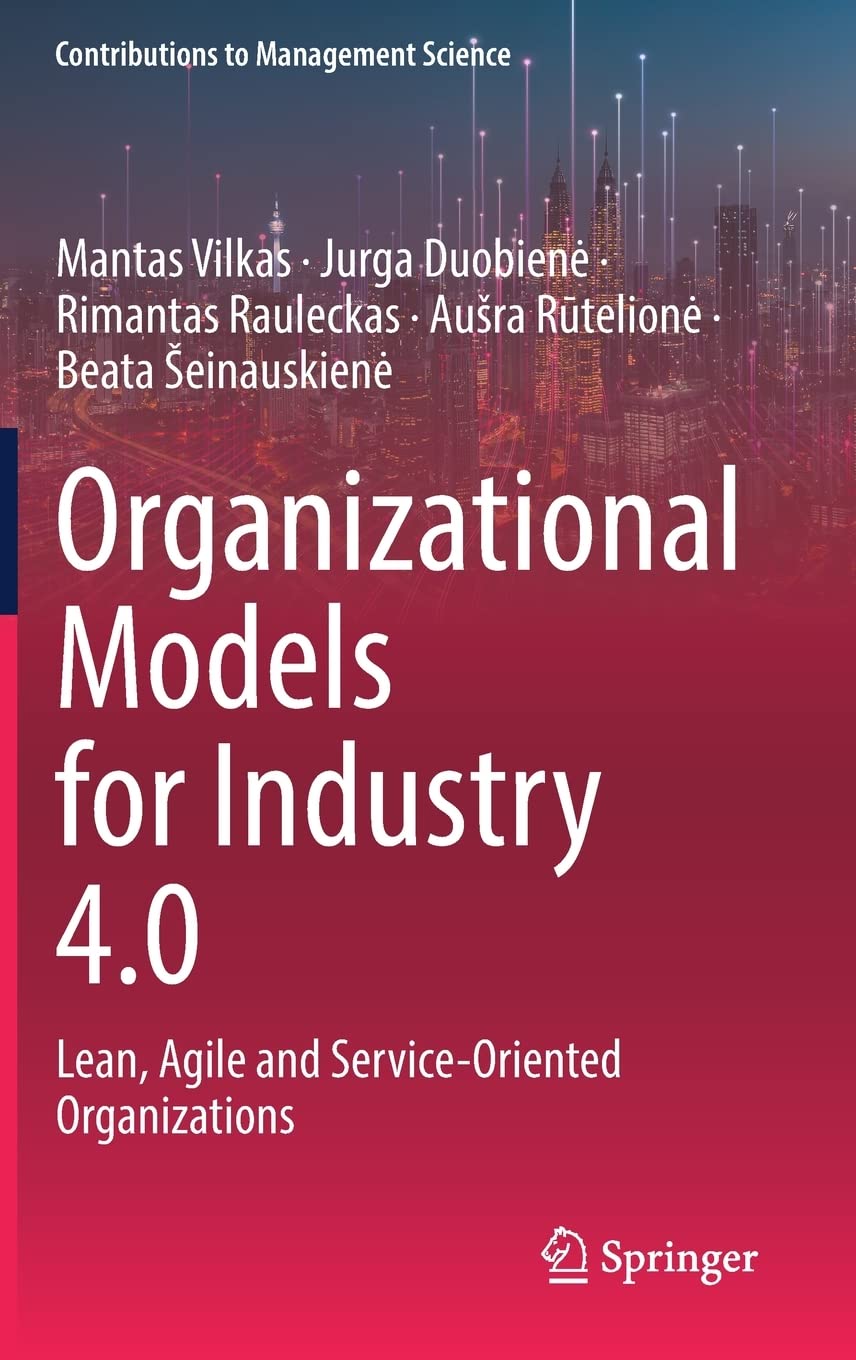

Most ebook files are in PDF format, so you can easily read them using various software such as Foxit Reader or directly on the Google Chrome browser.
Some ebook files are released by publishers in other formats such as .awz, .mobi, .epub, .fb2, etc. You may need to install specific software to read these formats on mobile/PC, such as Calibre.
Please read the tutorial at this link: https://ebookbell.com/faq
We offer FREE conversion to the popular formats you request; however, this may take some time. Therefore, right after payment, please email us, and we will try to provide the service as quickly as possible.
For some exceptional file formats or broken links (if any), please refrain from opening any disputes. Instead, email us first, and we will try to assist within a maximum of 6 hours.
EbookBell Team

4.8
104 reviewsThis book draws on a neo-institutional theory to characterize service-oriented manufacturing firms in relation to more familiar organizational forms, such as lean and agile. It sheds light on whether being lean is a prerequisite for agile organizations and whether agile organizations are precursors of service-oriented organizations.
The book empirically examines the prevalence of such organizations using representative samples of manufacturing firms in an industrialized country. This approach makes it possible to “zoom in” and determine whether the extent of adoption of digital manufacturing innovations, digital services, and service-oriented business models varies with organizations’ size, industry, product complexity, lot size, type of design process, and type of manufacturing process.
In turn, it shows which digital manufacturing innovations, lean practices, and services contribute to leanness-related performance capabilities like quality and costs; agility-related capabilities like fast delivery, flexibility and innovation; and service-oriented capabilities like high service performance and digitalization. In addition, it explores the question of whether lean, agile, and service-oriented performance capabilities contribute to financial performance separately or jointly.